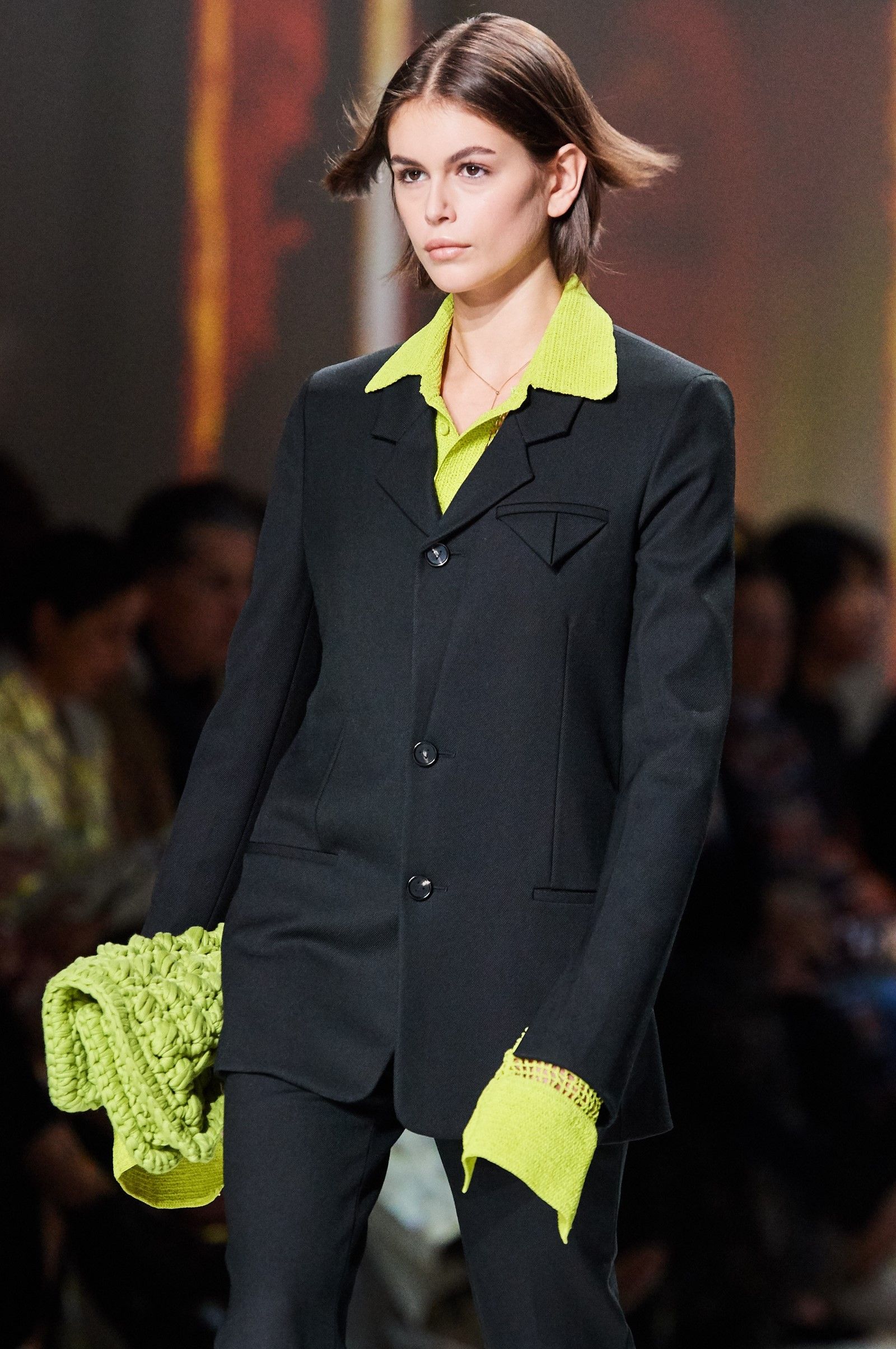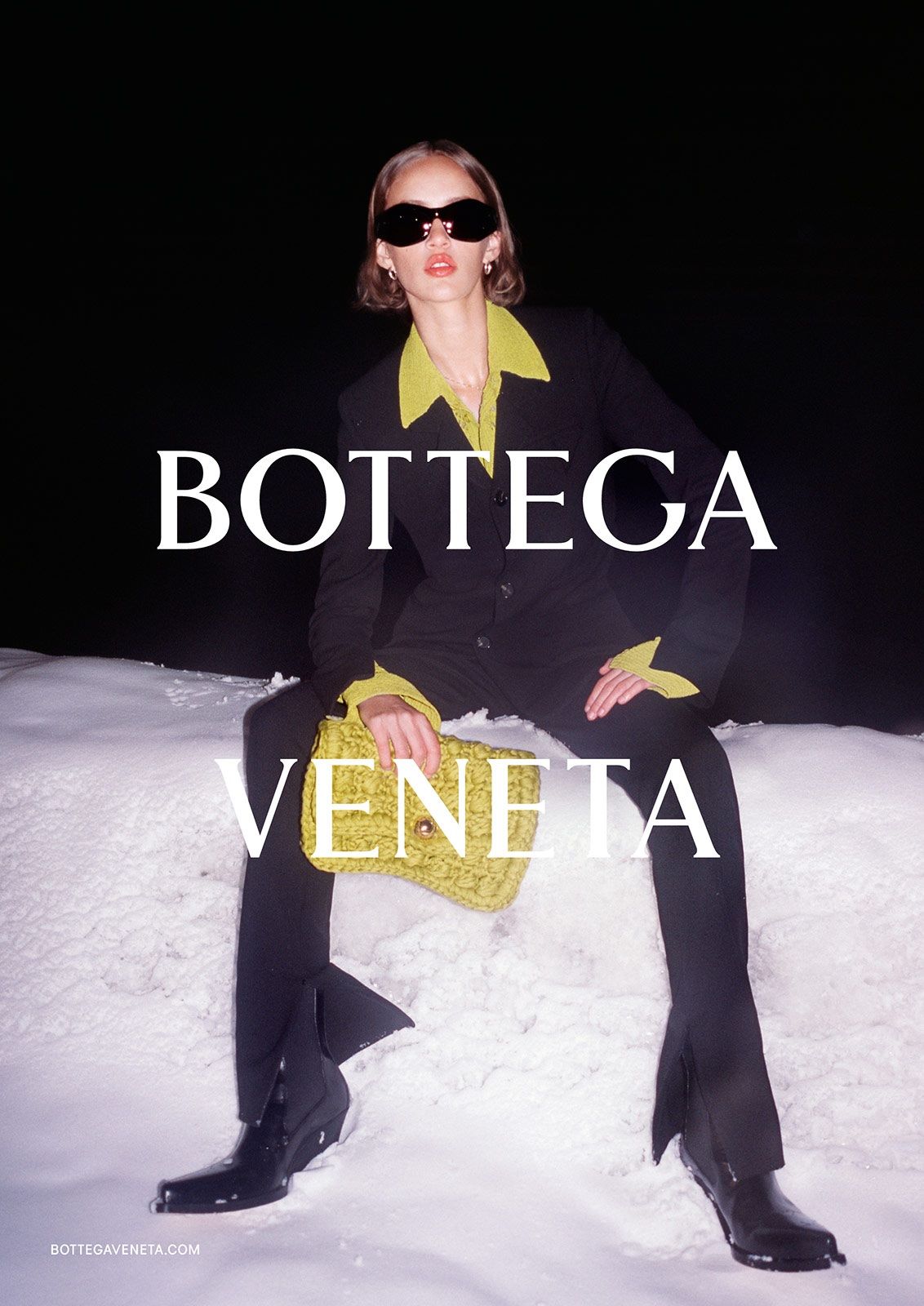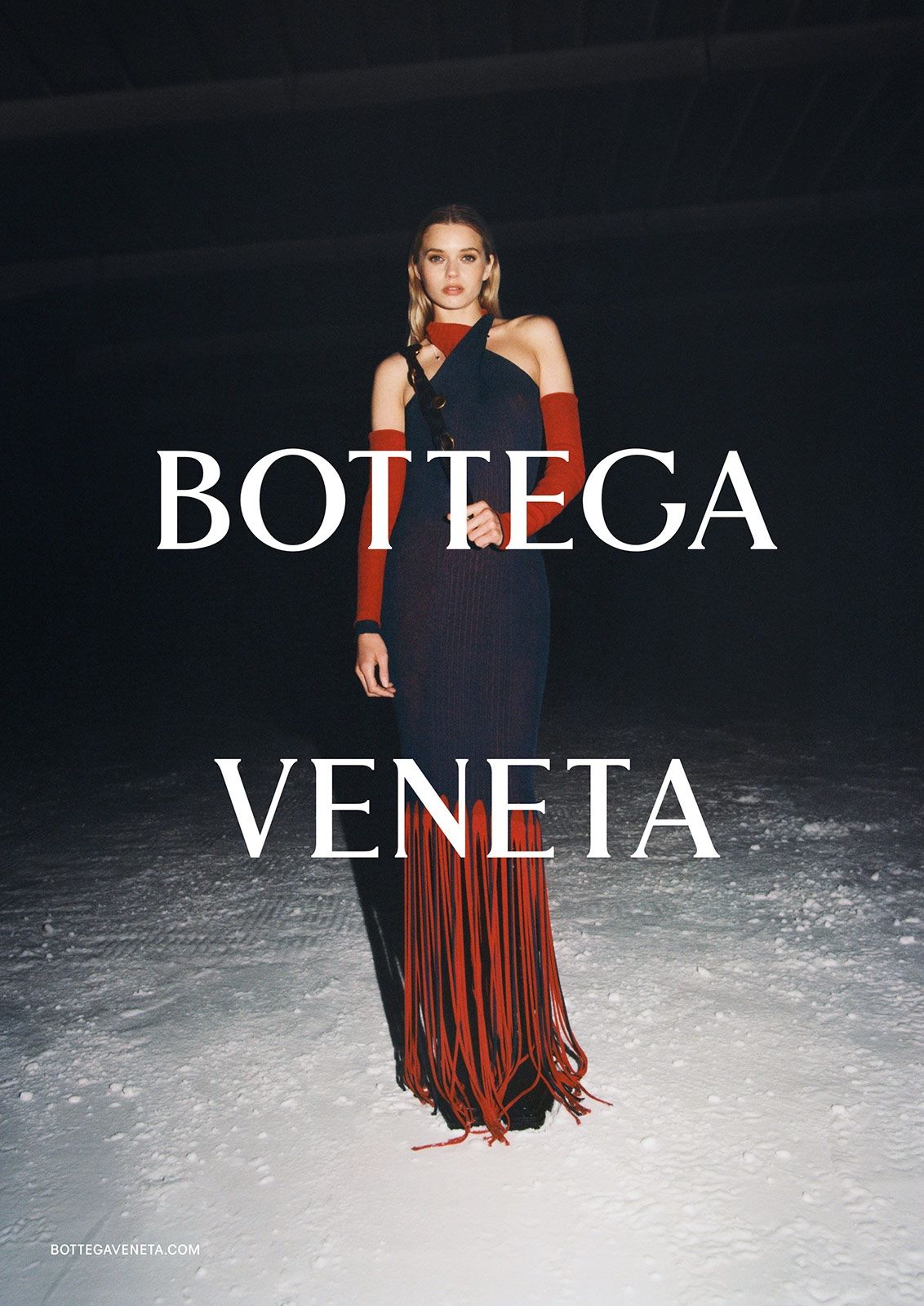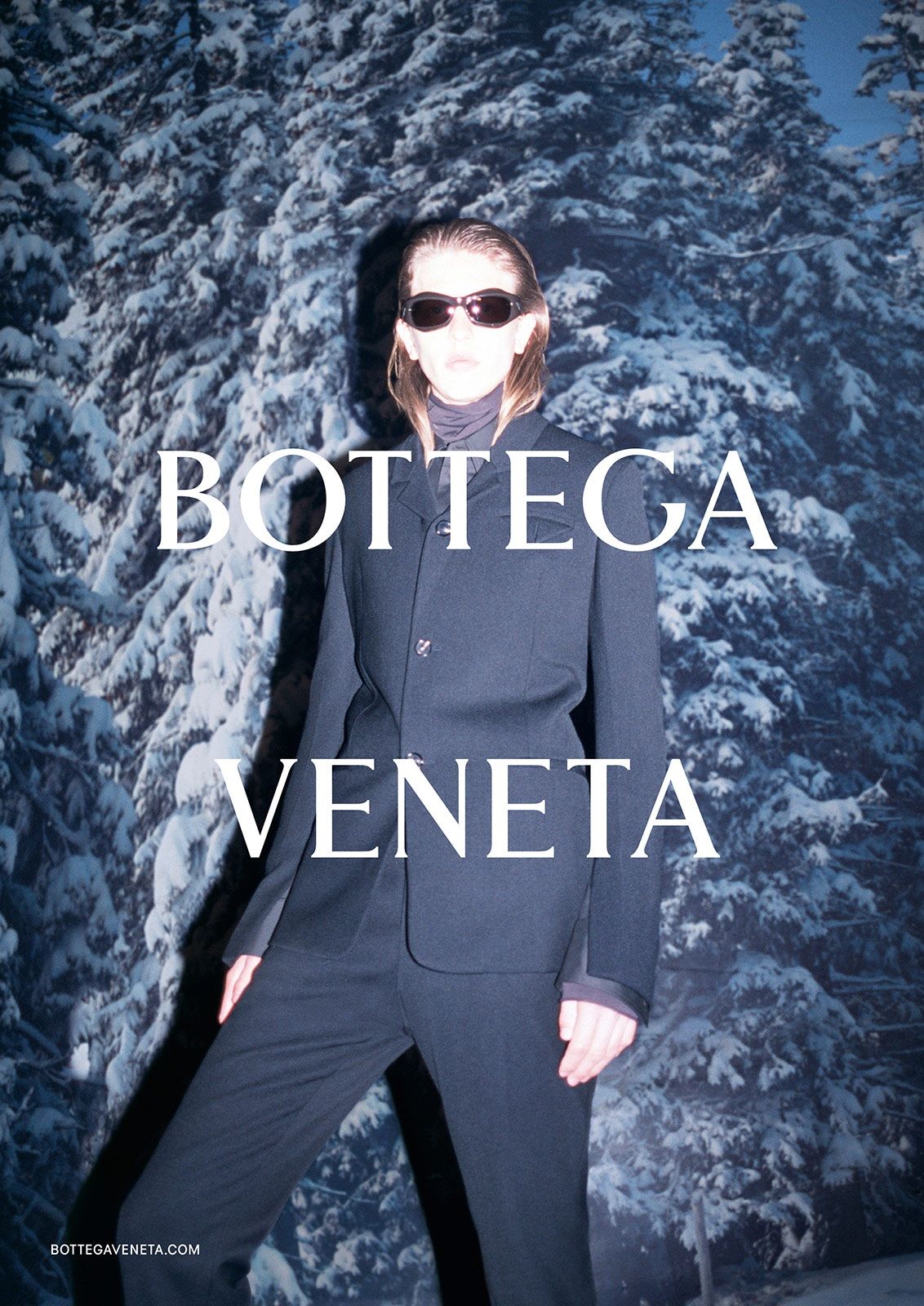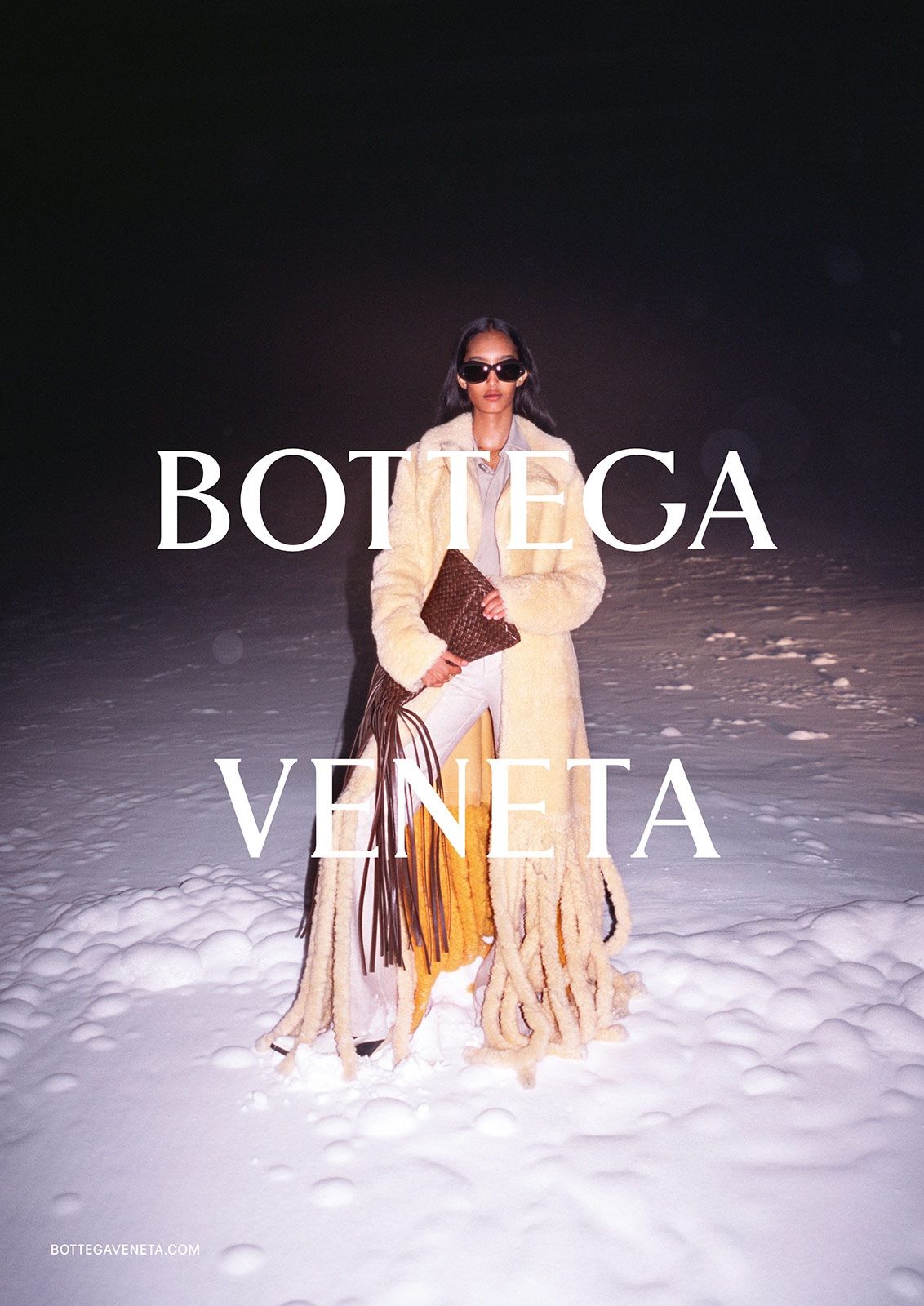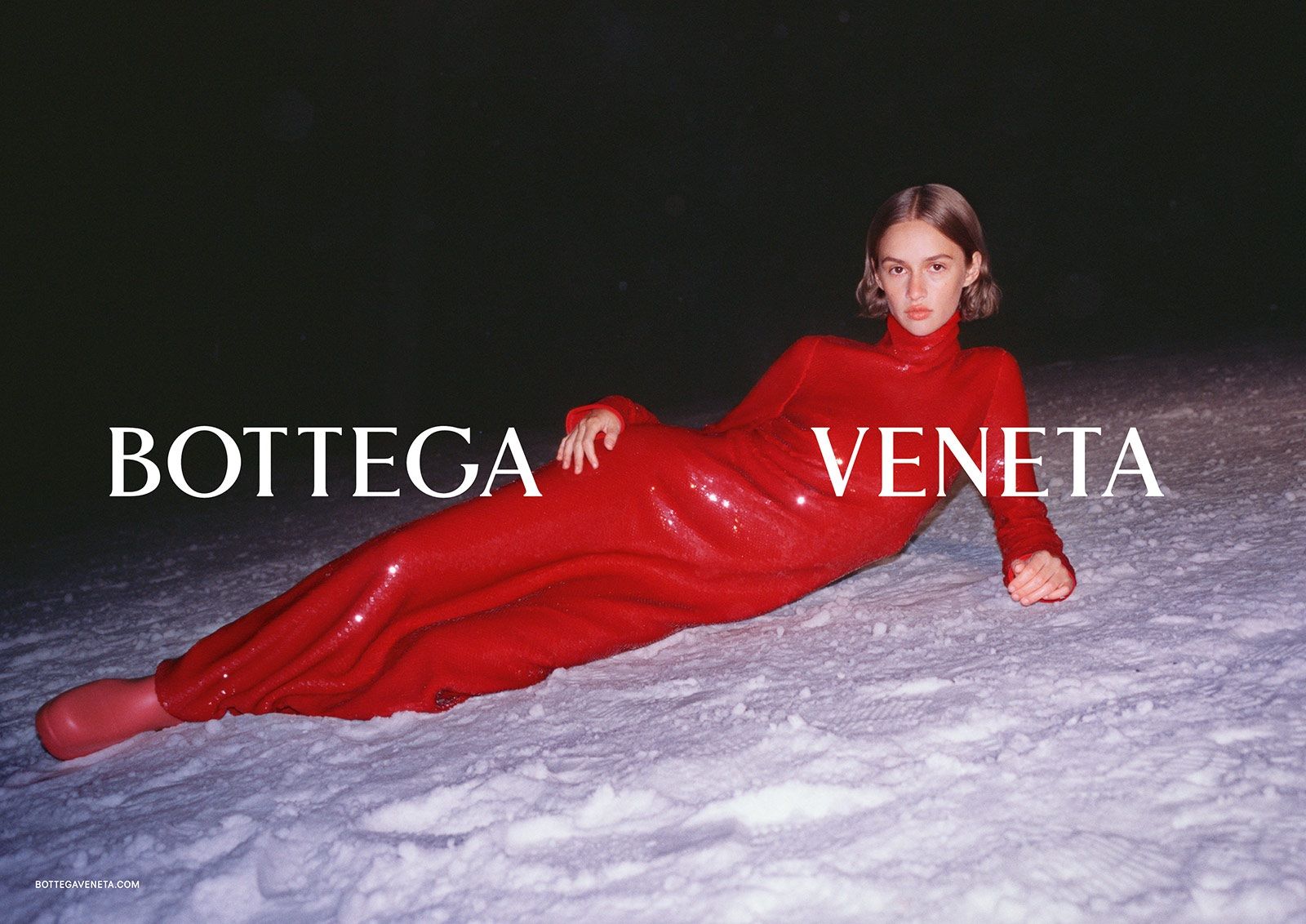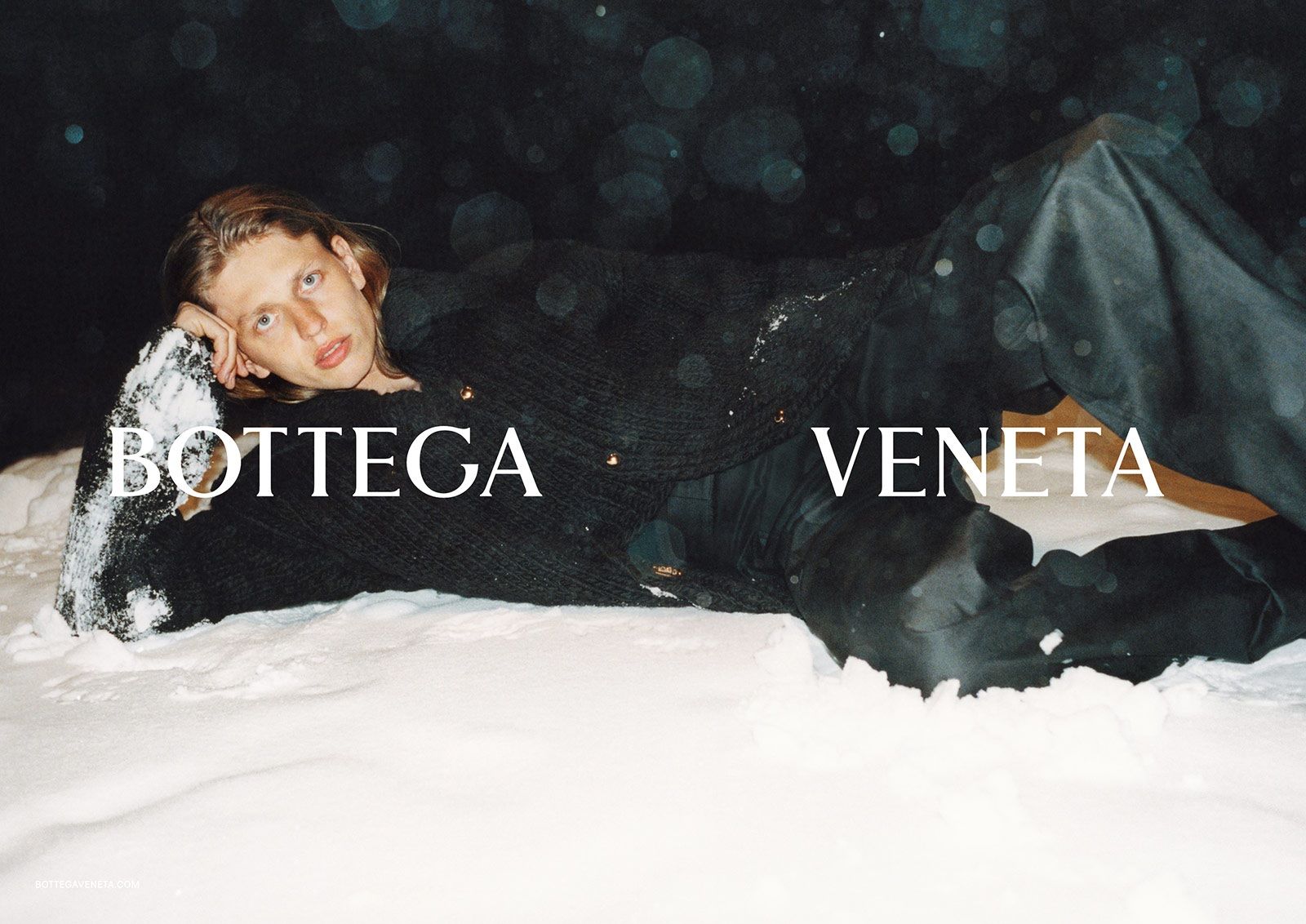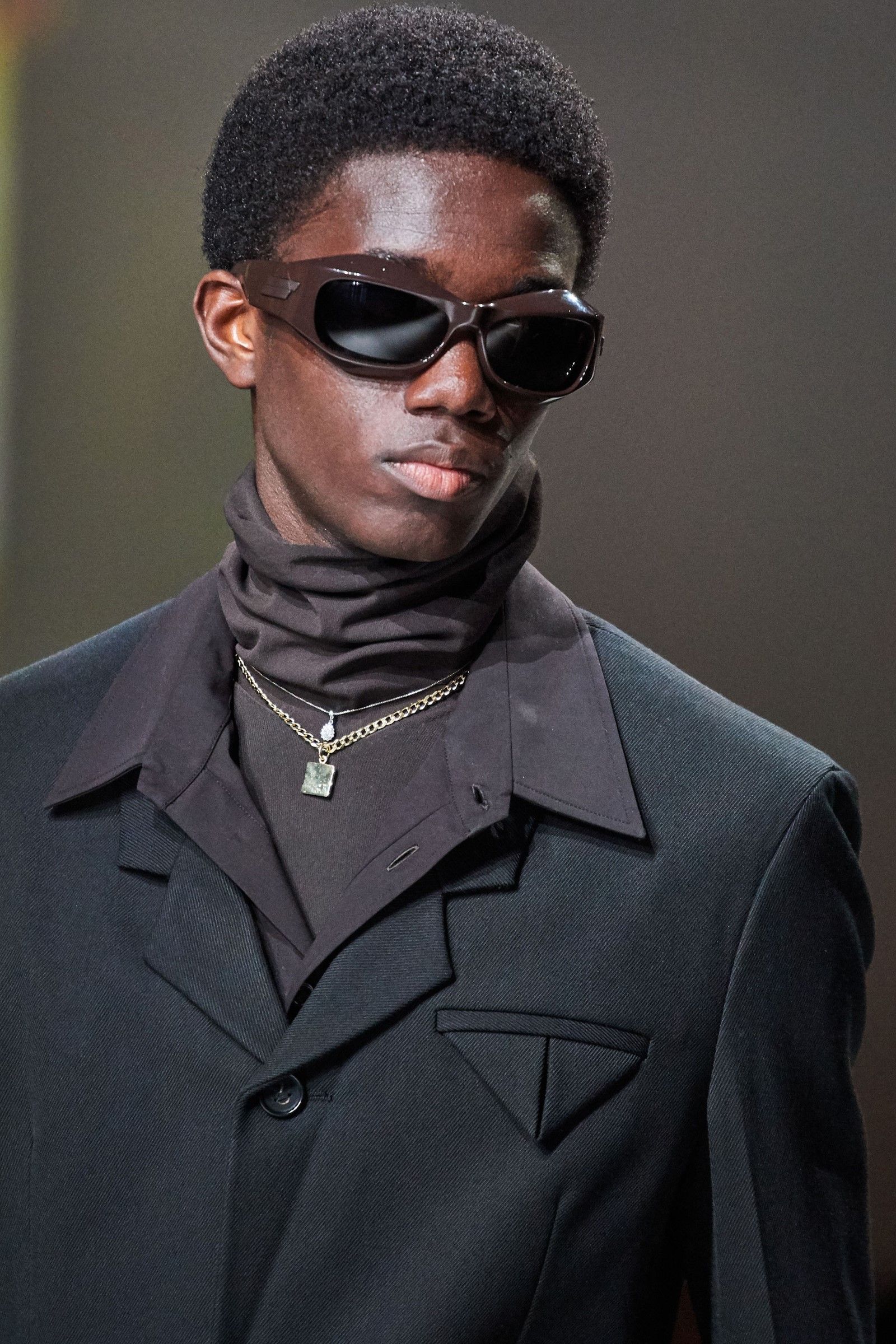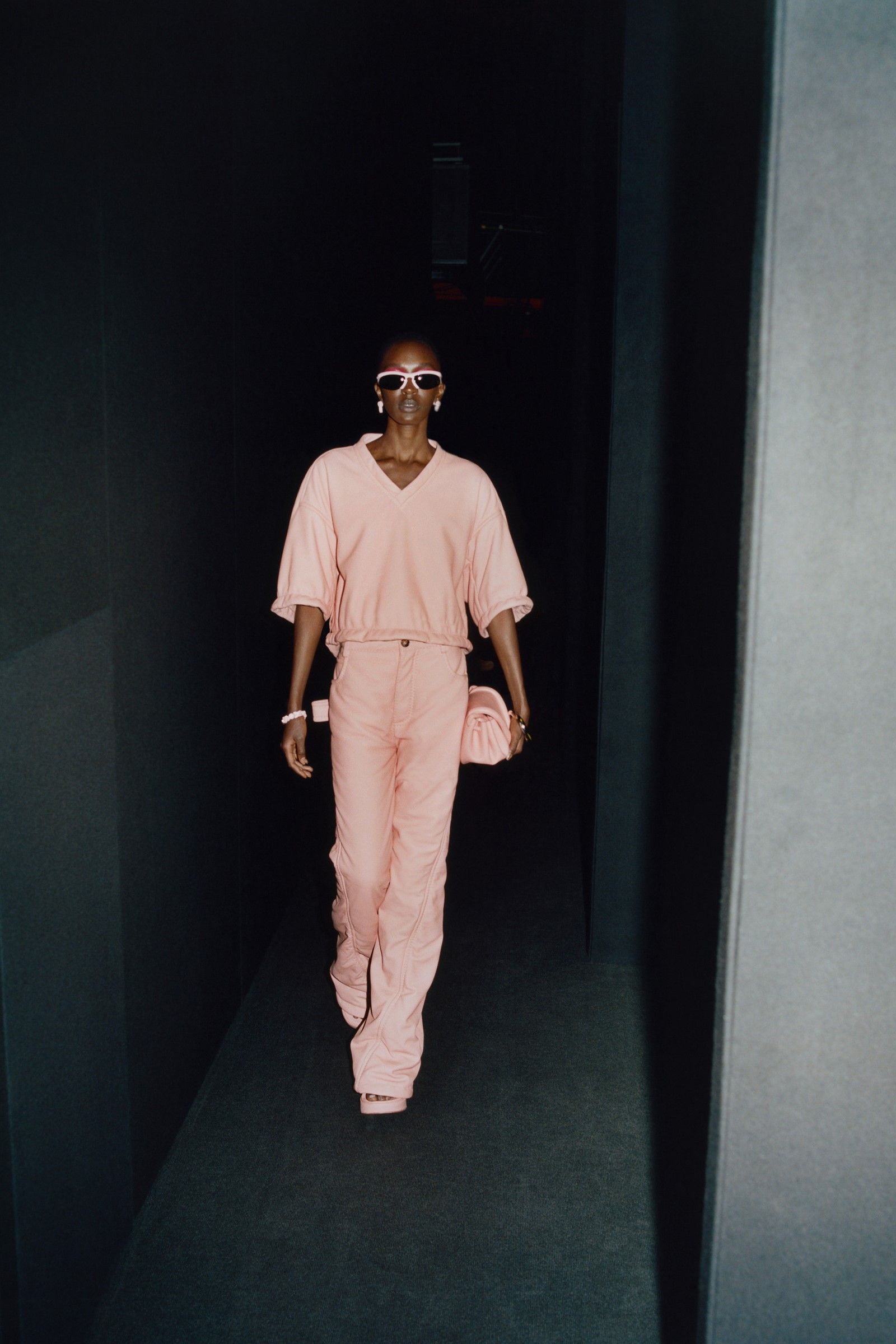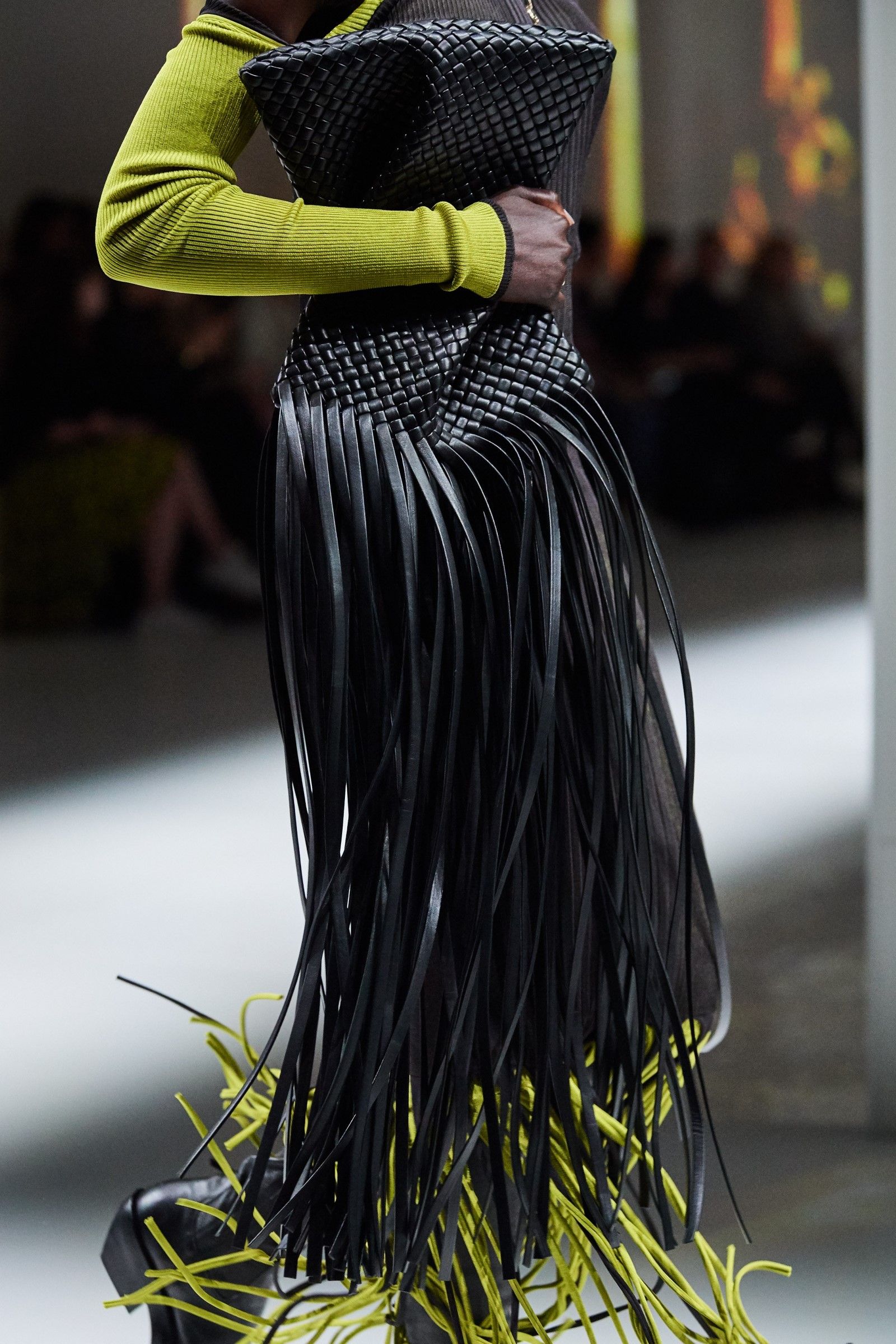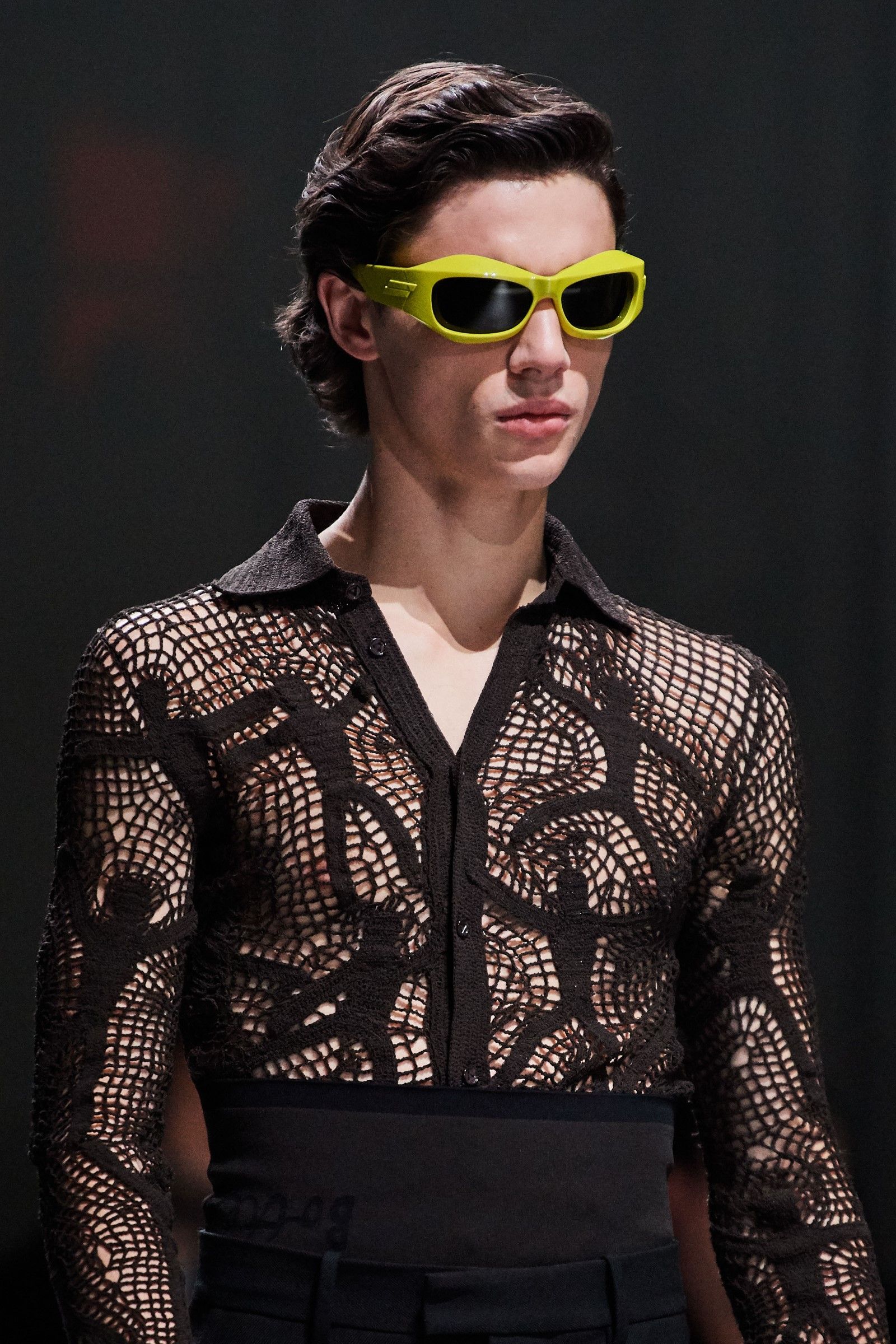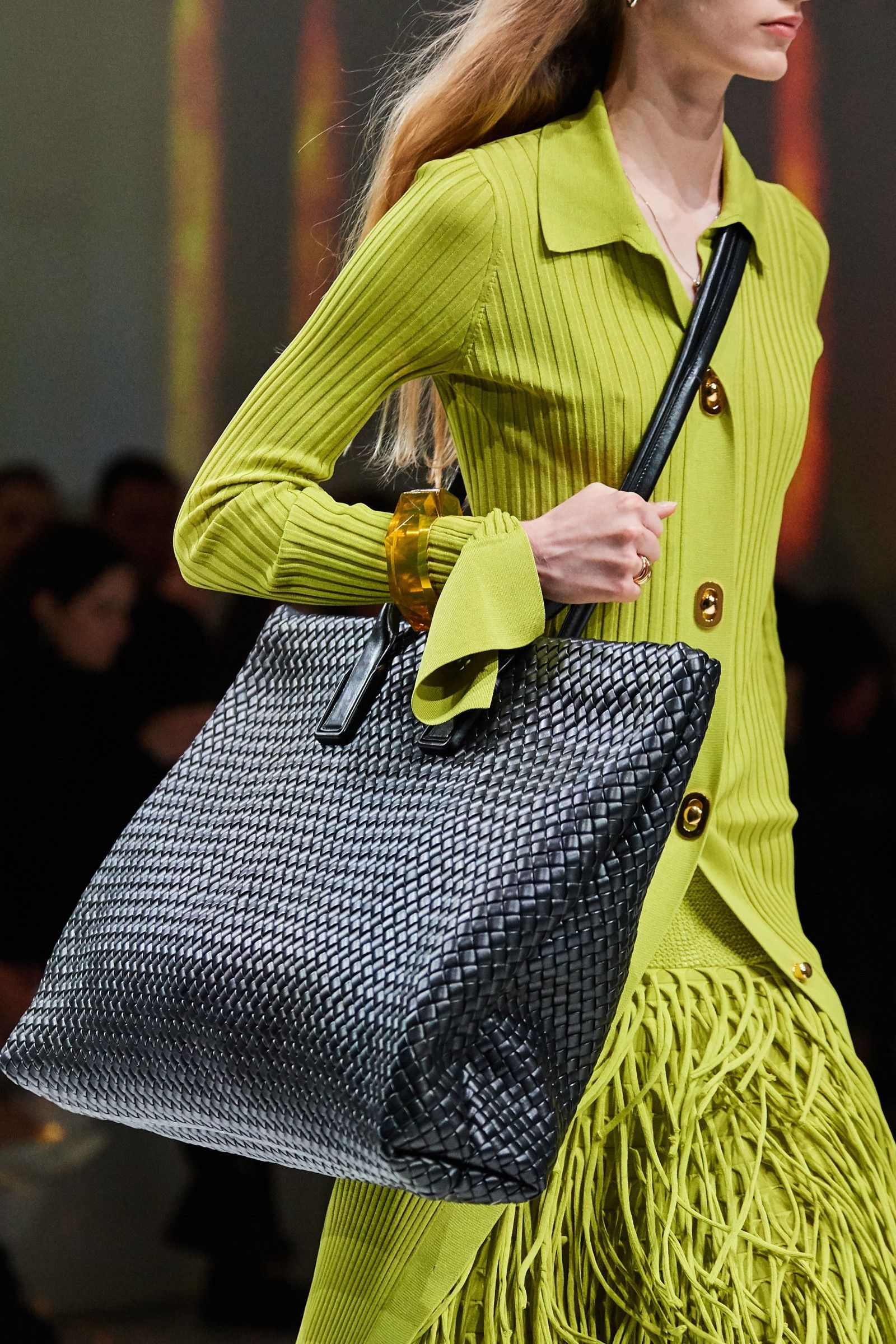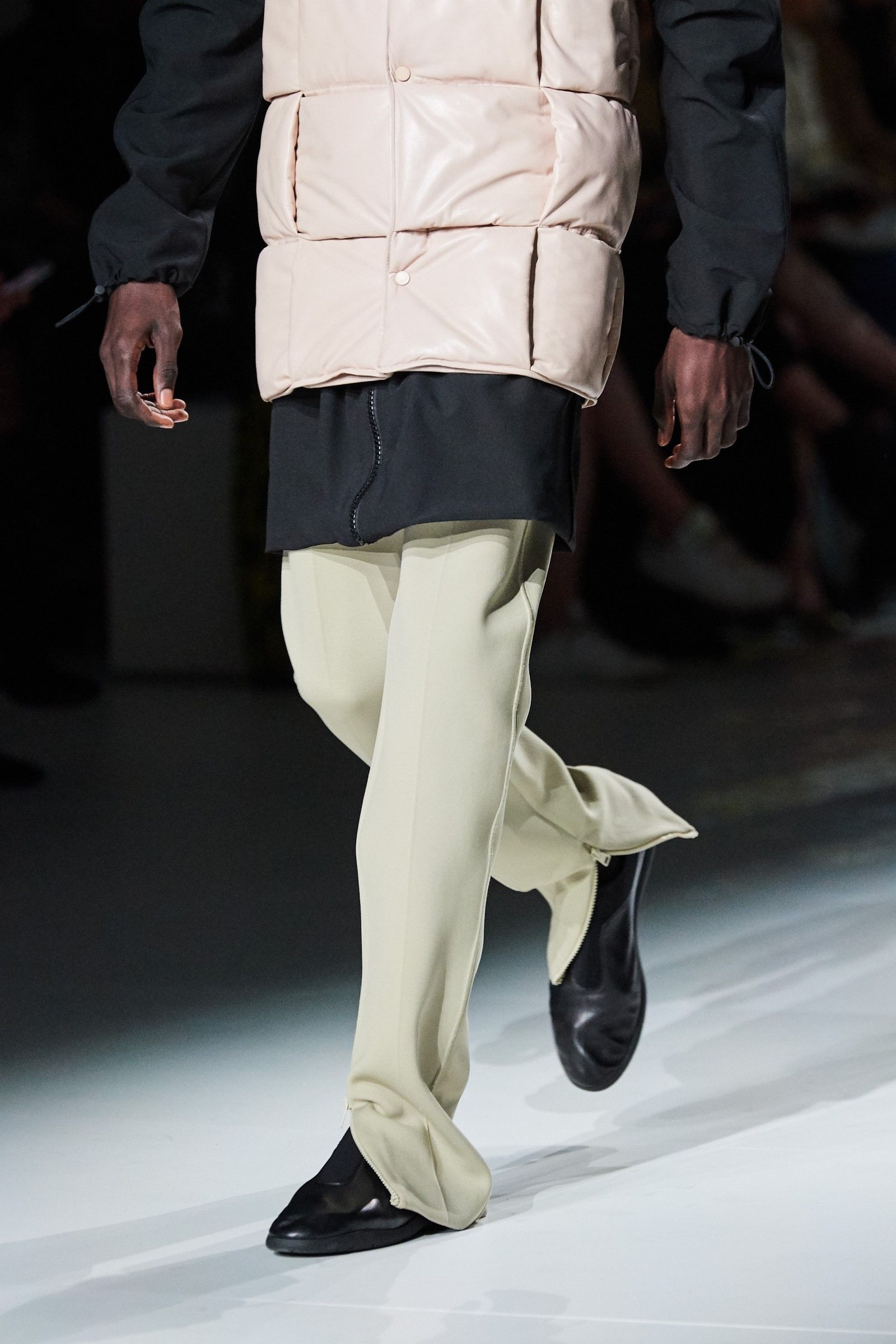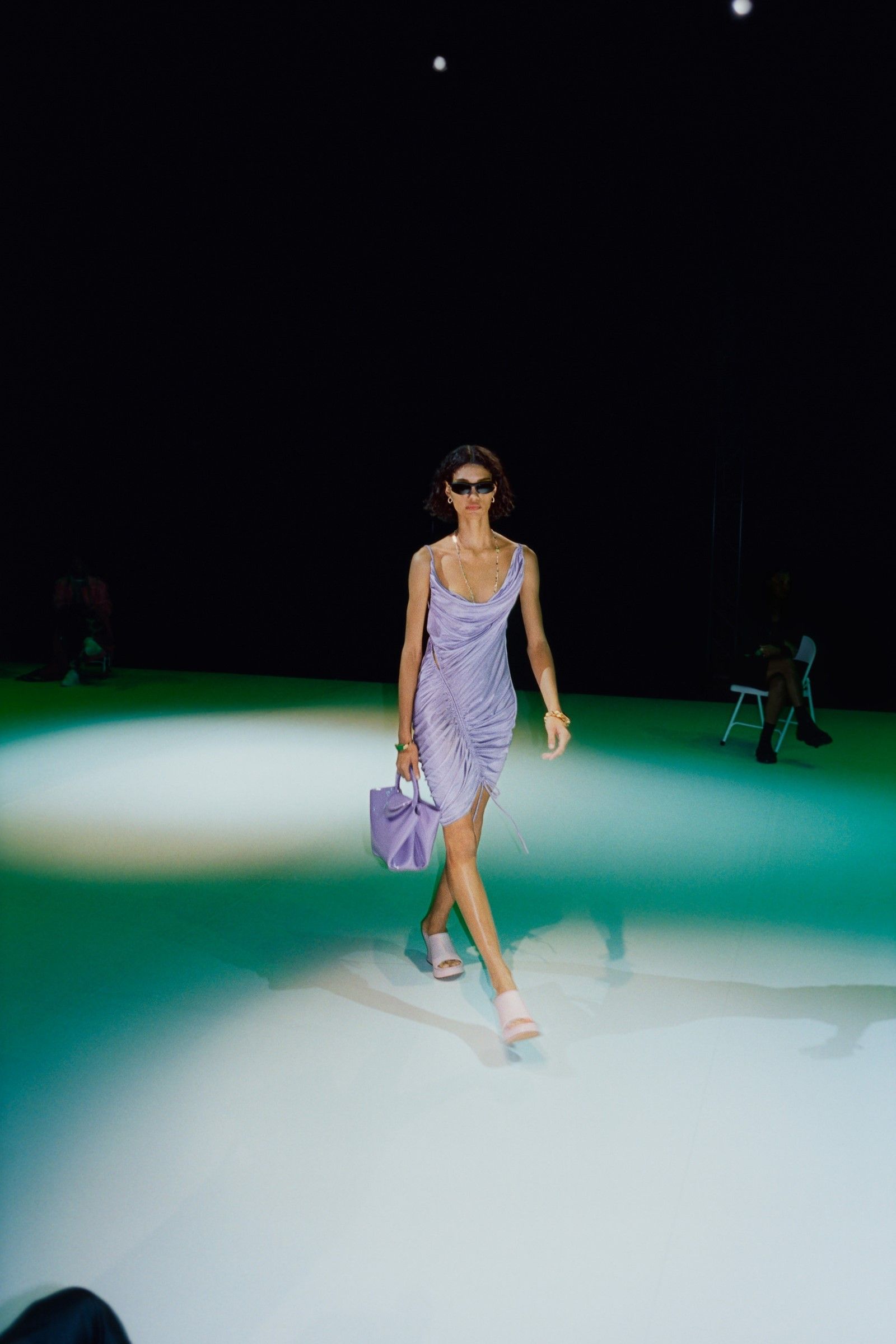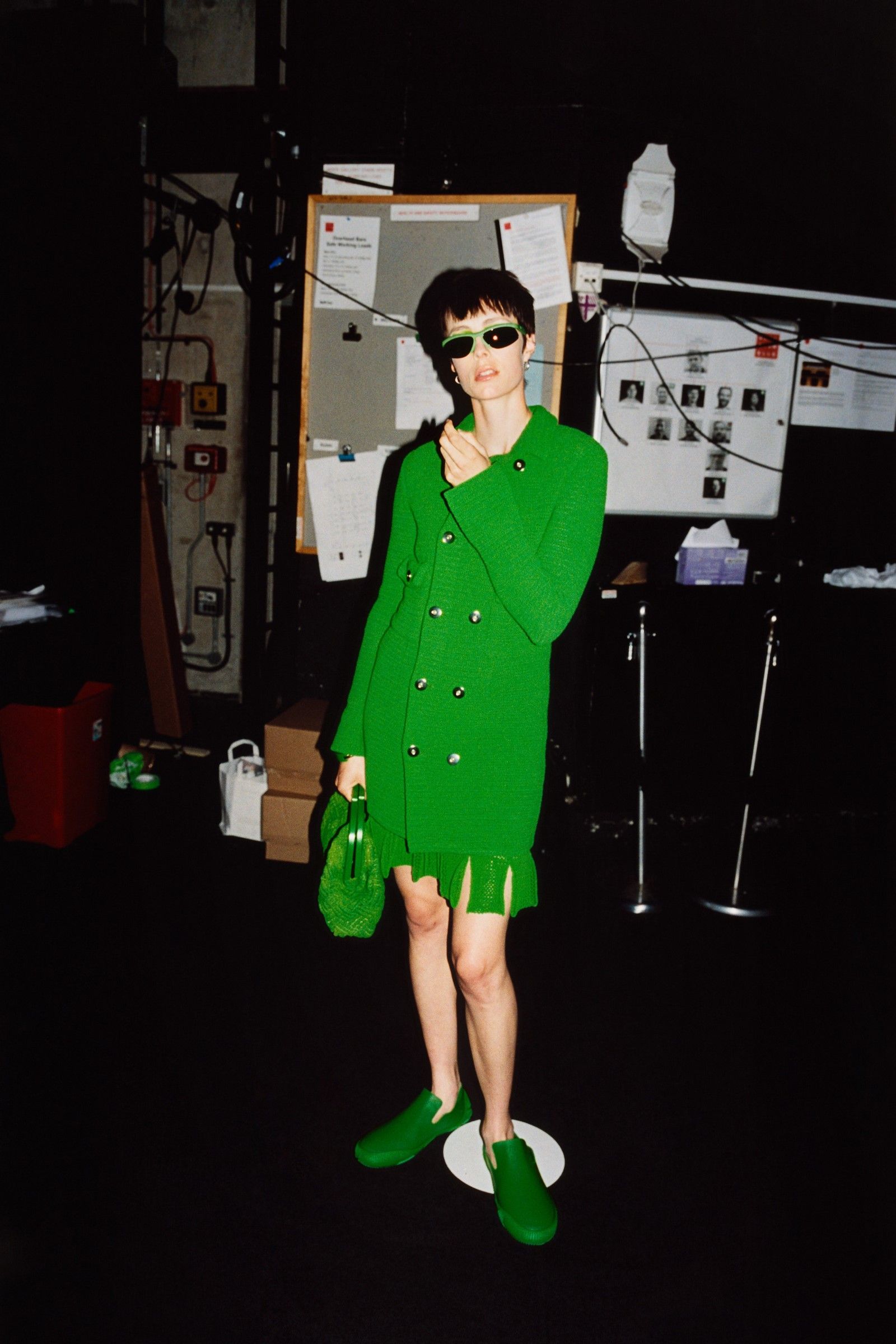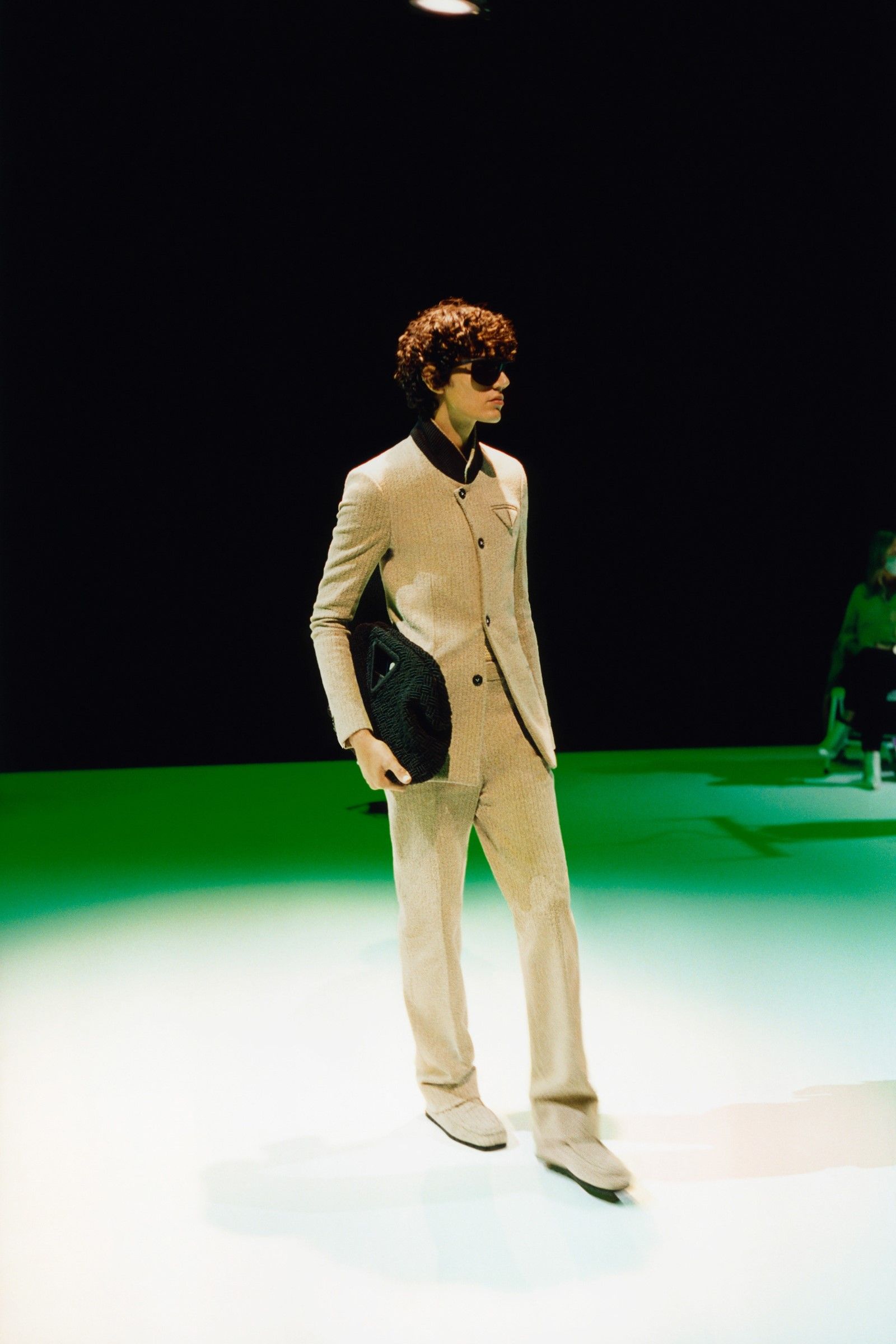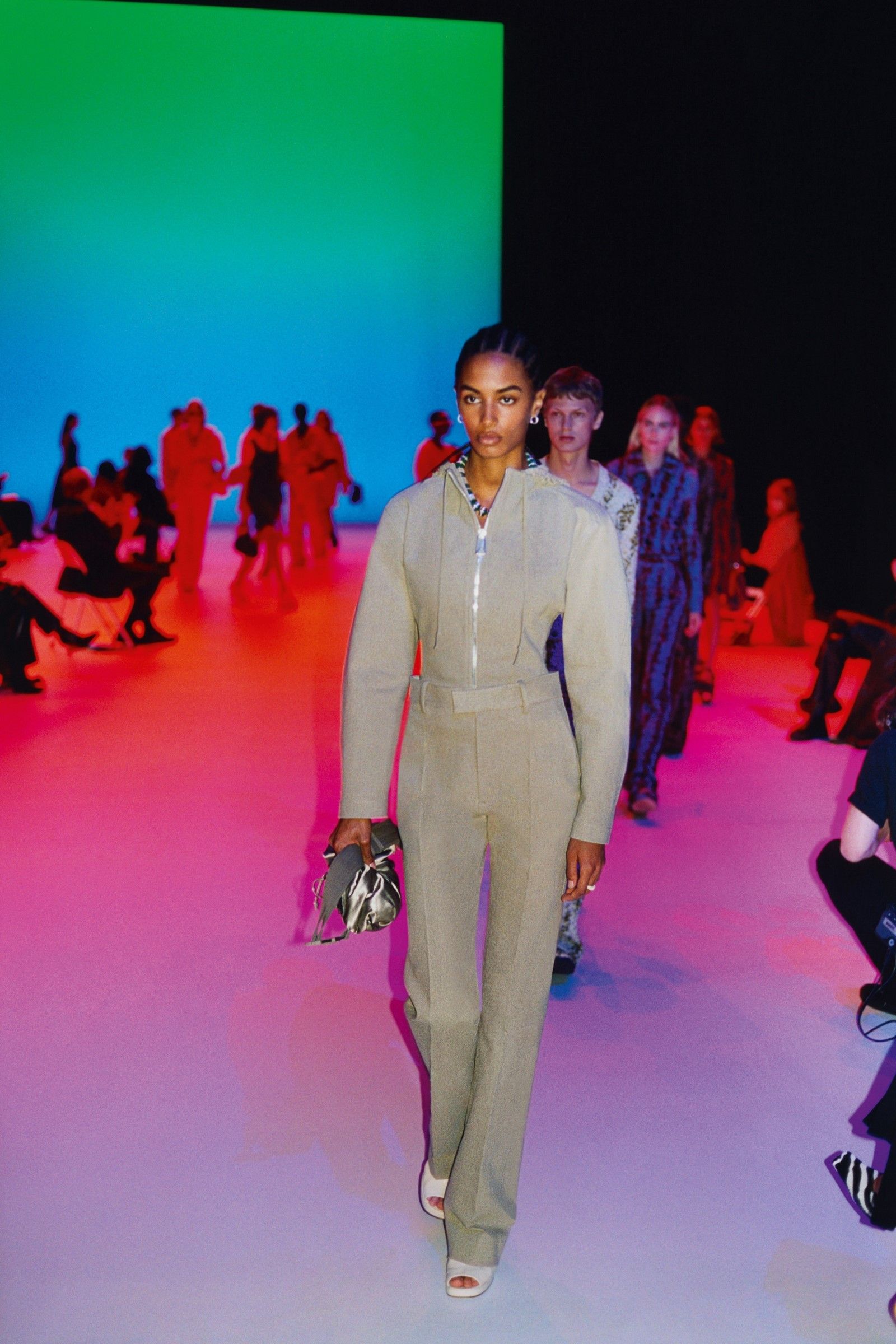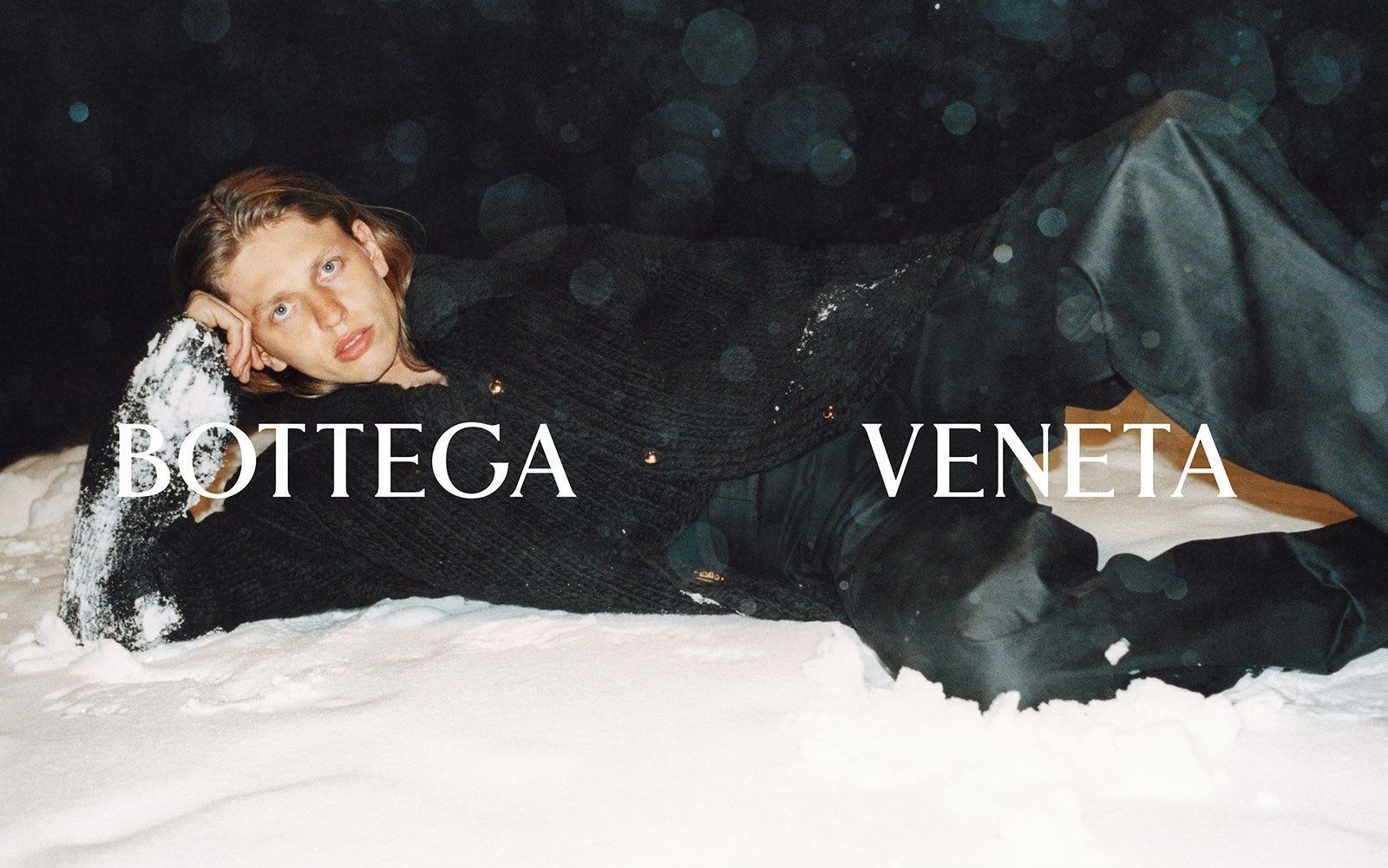
Three questions about Bottega Veneta's disappearance from social media How the brand's step back may have changed the rules of the game
Last January 4th, in a move that left the fashion world completely shocked, Bottega Veneta removed and deleted all its social accounts, giving up a total following of over four million followers. In the following days, job advertisements appeared for the position of global content editor and global communication strategic planner of the brand – announcements that clearly indicate that a reshuffle is taking place among the brand's communication managers. Regardless of what happened, Bottega Veneta's disappearance from social media has raised a series of questions about the relationship between social media and fashion brands that could be summed up in the question: "Can a big fashion brand do without an Instagram account?" The answer seems to be, for the time being and almost unanimously, 'No'. Taking as an example a brand like Gucci, one of the most sought after in the world according to Lyst, the success of a brand could be equated with its pervasiveness in the digital sphere. Yet within that answer there are nuances and backgrounds that, while not solving the issue, make it more nuanced and complex. However, Bottega Veneta's move seems to have worked on the moment, having attracted a lot of attention. However, the long-term results (including financial results) remain to be assessed.
According to some rumors collected by nss magazine, this may have been a choice of Daniel Lee who would have decided to take a "hard line" towards traditional social media strategies, consistent with the new choice adopted for the fashion shows. After all, the brand's latest show was held behind closed doors for a very limited conclave of super-stars and the existence of the show itself was kept secret for almost two months. In the fashion world there had been no shortage, until today, the designers who, by personal choice, decided not to cultivate their social media (Hedi Slimane, Phoebe Philo and Jil Sander on everyone, but also Daniel Lee himself) – but until now the lack of a brand from the digital world is something completely unheard of. All the extraordinary success that Bottega Veneta has enjoyed for some years now, then, was certainly also due to Instagram, with the tide of influencers, headed by Laura Nycole and her cult page @newbottega, which popularized the shoes and bags of the Daniel Lee era.
How much does it cost to manage an IG profile for a fashion brand?
That social media is a very high expense of numerous fashion brands is by no means a mystery. However, if, at the beginning of the lockdown, the production frenzy of the design departments had been denounced, little or nothing was said against that meat grinder of trend that is Instagram - one of the most chaotic digital habitats that exist but also among the most crucial for fashion brands. At the same time, an analysis of Business of Fashion revealed that due to fake profiles, the buying and selling of followers and other forms of influencer fraud, fashion brands had lost 1.3 billion in 2019 that could have become 1.5 billion in 2020. The University of Baltimore professor who led the study, Roberto Cavazos, also said he was convinced that "50 percent of engagement levels on sponsored content is fake".
But is it likely that a brand like Bottega Veneta will give up social media altogether?
According to traditional categories, the prestige of a brand rests almost entirely on its online community, in a sort of gravitational effect according to which the more the mass of likes, tags and engagement increases, the more the "gravitational force" of a brand grows. But this system is not without contradictions: firstly, it would be said that the following that a brand has on Instagram is largely aspirational, it would be to say that only a small percentage of Bottega Veneta's 2.5 million followers on Instagram were actual buyers of those products. At that point, therefore, a social sponsorship campaign aimed at reaching millions of social users interested only in putting likes to a photo or reposting it, serves little purpose to the commercial objectives that the brand aims for. A golden example of this situation is Hermès, a maison to which not even Covid-19 has made known crises, and which famously does not have a real marketing department.
Another detail to evaluate are hashtags, or in other words the brand community that remains online even if the brand itself renounces Instagram. A page like @newbottega alone has 358,000 followers without being an official account, and the hashtag #bottegaveneta has more than 1.9 million mentions. In practice, it will be the brand's own fanbase that will manage the brand's storytelling organically – a process that could greatly lighten that complex and heavy machinery that is a luxury brand. A case that already occurs (in a much more extreme way) with a niche designer like Carol Christian Poell, who does not organize shows nor owns anything remotely similar to a social media account, but still has a huge following of archive pages on Instagram.
It would therefore be impossible to rule out daniel lee and the minds behind the modern phenomenon of Bottega Veneta having decided to go down the same path followed by Hermès, deciding to turn to a clientele circle so narrow that it could become, in the future, a pseudo-secret society.
Will anyone follow them?
Considering how Instagram is now the go-to solution of any brand (the big names in fashion use it, but also the tiny unknown brands that are born and die every day online), the idea of going in the opposite direction, raising a fuss, may not be as counter-intuitive as it might appear to the eye and cross. It would be difficult to think that the great players of fashion give up their social networks, but, for example, a brand like Fendi, very similar to Bottega Veneta in history and heritage, could perhaps gain by withdrawing from the social scene and becoming even more exclusive; the same could be done for Stone Island, which already does not produce shows or traditional campaigns, but also the entire comme des Garçons family, which could use, for promotion alone, the media infrastructure of a retailer such as Dover Street Market, and brands such as Undercover, Yohji Yamamoto and Fragment, equipped with a huge community.
If the laws of marketing have taught us anything is that, whenever a market is hypersaturated, the player who chooses the least obvious strategy is rewarded. If Bottega Veneta's is the first step in a fashion marketing revolution, it will only be seen in the future.










































